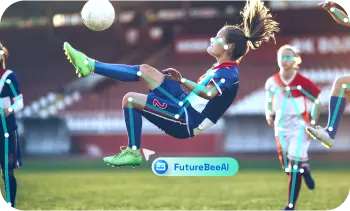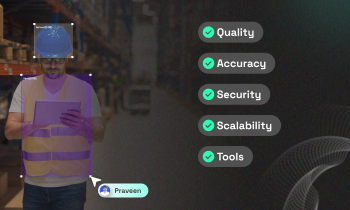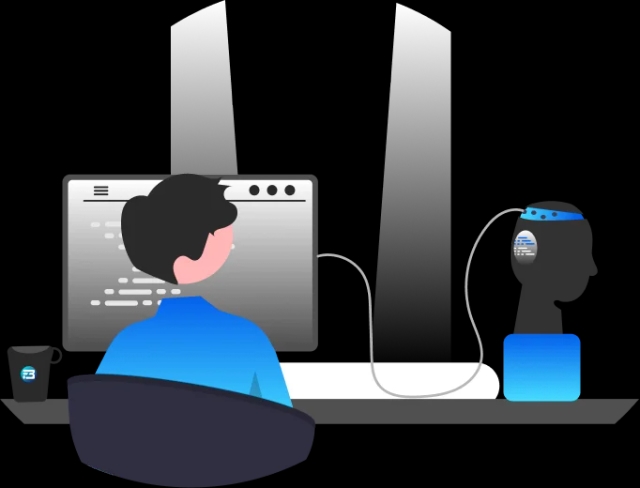Welcome to our FutureBeeAI annotation info. journal on the web!
Computer vision in artificial intelligence focuses on the development of algorithms and techniques that enable computers to interpret and understand visual data from the world around them. This includes tasks such as image and video analysis, object detection and recognition, and scene understanding.
Data annotation is the process of labeling or annotating data in order to provide context and meaning to the data. In the field of computer vision, data annotation is often used to label images and videos with information about the objects and events depicted in them. This labeled data is then used to train computer vision machine learning algorithms to recognize and classify objects and events in new images and videos.
Data annotation is a crucial step in the development of computer vision systems, as it helps to ensure that the algorithms are able to accurately and reliably recognize and classify objects and events in the real world. It is often a time-consuming and labor-intensive process, but it is essential for the development of effective computer vision systems.
If you've arrived here, you probably want to learn more about polygon annotation and how it can be used in various applications.
In this blog, we will explore the various methods, reasons, and use cases of polygon annotation over other annotation types and how it can be used to improve the accuracy and efficiency of machine learning models.
Even if you're just starting out in data annotation or are an experienced professional computer vision engineer looking to stay current in the field, this post about polygon annotation is all you need to know, regardless of the fact that the annotation is not just limited to methods, reasons, and use cases!
Apart from being just another annotation type, it also serves the purpose of research! Keep reading to learn more about it. it can be used to improve the accuracy and efficiency of machine learning models.
So, without further ado, let’s start by asking what!
What is polygon annotation?
In simple terms, polygon annotation is a technique used in data annotation to label and identify specific regions of an image or video. It involves drawing a series of connected line segments around the area of interest, creating a closed shape known as a polygon. This shape is then labeled with a specific class or category, such as "Crops” or "human organs."
Because of having the pixel-perfect labeling capability Polygon annotation is often used in tasks such as object detection and semantic segmentation, where the goal is to identify and classify different objects within an image or video. It can also be used in tasks such as image classification, where the entire image is labeled with a single class.
To perform polygon annotation, you will need specialized software or tools that allow you to draw the polygons and label them with the appropriate class. There are many different options available, both free and paid, that can be used for this purpose. Some common examples include Labelbox, VGG Image Annotator (VIA), and LabelImg.
Once the polygons have been labeled and annotated, the resulting structured dataset can be used to train machine learning models for tasks such as object detection or semantic segmentation. These models can then be used to automatically classify objects within new images or videos, using the information learned from the annotated dataset.

Methods Conducted for Polygon Annotation
There are several different methods for creating polygons around objects, including manual and automated methods. Manual methods involve a human annotator drawing the polygons by hand using a graphical user interface (GUI), while automated methods use algorithms to automatically generate the polygons based on certain criteria
One common method for manual polygon annotation is called "brush-based" annotation, where the annotator uses a brush-like tool to create the polygon by clicking around the perimeter of the object. This method is relatively quick and easy but can be prone to errors if the annotator is not careful.
Another method for manual polygon annotation is called "point-based" annotation, where the annotator places individual points around the perimeter of the object and the algorithm connects the points to create the polygon. This method can be more accurate than brush-based annotation, but can also be time-consuming if the object has a complex shape.
Automated methods for polygon annotation typically involve the use of algorithms that can automatically detect the edges of an object and create a polygon around it. These algorithms can be trained on a dataset of annotated images in order to improve their accuracy and precision. Many tools assist with automatic annotation on the custom dataset as well. It trains the model while you are annotating that dataset. So if you are working on a custom dataset with 5000 images then this feature can train the model in the first couple of hundred if not a thousand images and then it can assist you with automatic labeling with the remaining dataset. Of course, this custom training depends on how complex the use case is. The more complex the use case and dataset, the harder it is to train the model on it.
Regardless of the method used, the goal of polygon annotation is to create a precise and accurate representation of the object in the image. This can be challenging, especially for objects with complex shapes or when the object is partially occluded by other objects in the image.
What are the reasons for choosing polygon annotation to label any video or image?
There are several reasons for choosing polygon annotation as a method of labeling content.
- Polygon annotation allows for a high level of precision in object identification. Outlining the exact boundaries of an object provides a more accurate representation of the object's shape and size than other methods such as bounding boxes or points, regardless of the fact that a bounding box can be highly preferable in some use cases; such as traffic monitoring or number plate detection. This polygon level of precision is important in applications where the location and shape of objects are critical, such as in object identification on city roads or medical image analysis , or vehicle damage detection.
- Polygon annotation allows for the labeling of objects with complex shapes. While bounding boxes or points may be sufficient for labeling simple objects with regular shapes, they may not be effective for labeling objects with more complex or irregular shapes. Polygon annotation allows for the creation of precise outlines that can accurately represent the shape of these objects, providing a more complete picture of the content being labeled.
- Polygon annotation can provide more information about the context of an object within an image or video. By outlining the boundaries of an object, it can provide information about the object's position and orientation relative to other objects in the content. This can be useful in applications where the relationship between objects is important, such as in image segmentation or object detection tasks.
- Polygon annotation can be used to create detailed masks of objects within an image or video. These masks can be used to isolate individual objects or to perform image manipulation tasks such as changing the color or texture of an object. This can be useful in a wide range of applications, including image editing and video effects.
- It is a flexible and versatile method of labeling content. It can be used for a wide range of applications, from simple object identification tasks to more complex image segmentation and object detection tasks. It can also be easily adapted to new datasets and tasks, making it a valuable tool for researchers and developers working in the field of computer vision.
- Several software programs and online tools are available that make it easy to create polygon annotations for images and videos. CVAT , LabelMe , and LabelImg are some of the few open-source tools to start with. These tools often include features such as zoom and pan capabilities, as well as the ability to adjust the shape and size of the polygon. This makes it easy for users to create precise and accurate polygon annotations.
- For research-level comparisons of different annotation types, you can also check the paper published on thecvf.com titled “Comparing the Effects of Annotation Type on Machine Learning Detection Performance”
What are the reasons not to choose polygon annotation?
Sometimes it may be very time-consuming to draw a polygon compared to the bounding box.ces.
Additionally, polygon annotation may not be the most suitable method for certain types of objects or features. For example, it may not be effective for annotating objects that have a lot of small or closely spaced details, or for annotating objects with smooth or curved surfaces.
Common Use Cases of Polygon Annotation
Retail
In the retail industry, where train algorithms for identifying and classifying products in images of storefronts or online catalogs. This allows retailers to automatically organize their products and make them searchable, which can improve the customer experience and increase sales.
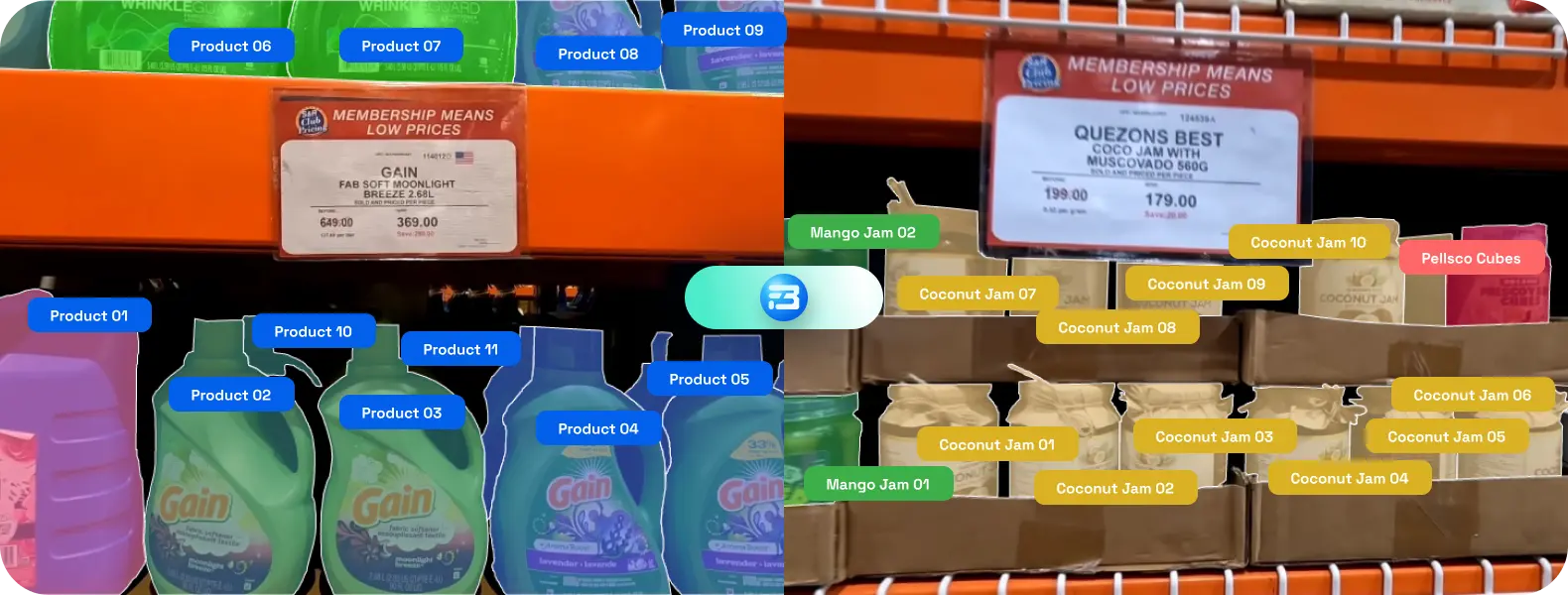 Medical and Drug Development
Medical and Drug Development
In medical and drug development, where it is used to train algorithms to detect and diagnose diseases in medical images. For example, a doctor may use polygon annotation to outline a tumor in a CT scan, which can then train an algorithm to detect tumors in future scans. This can save time and improve the accuracy of diagnoses.
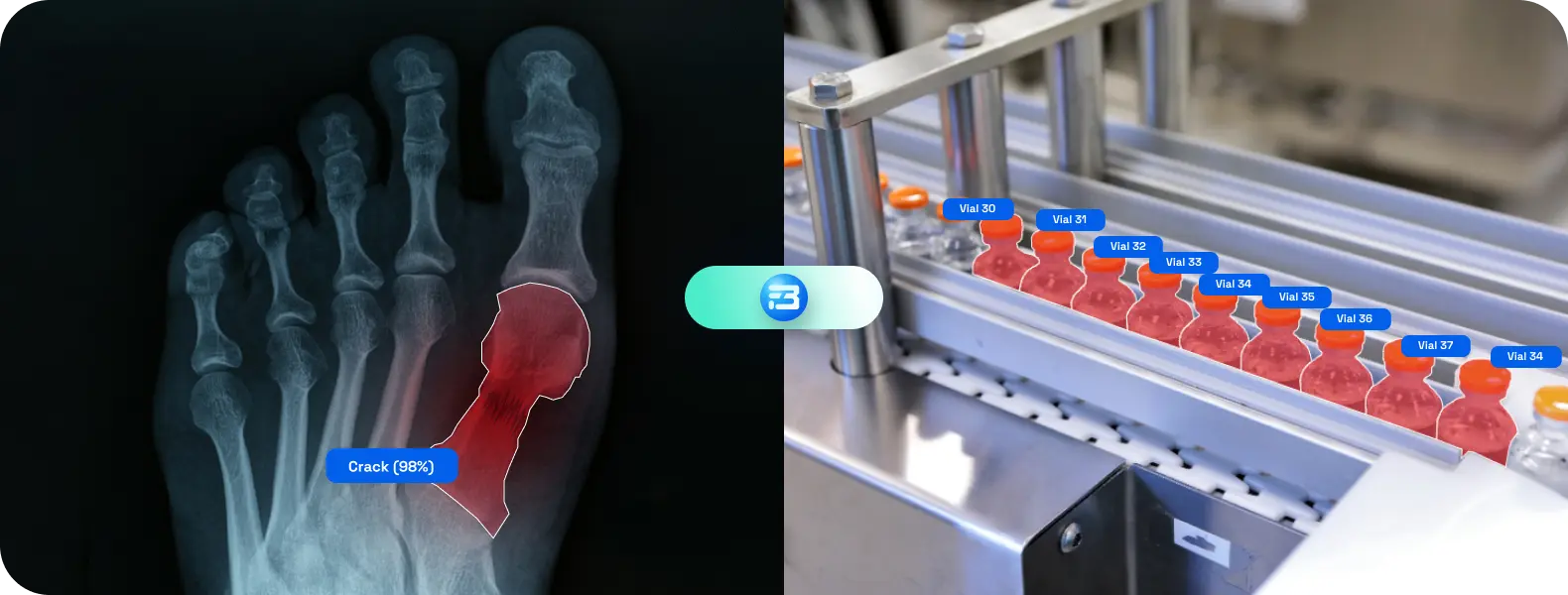 Automotive
Automotive
In the automotive industry, polygon annotation is used to train algorithms to detect and classify objects in images and videos from self-driving cars. This allows the algorithms to understand their surroundings and make decisions about how to navigate safely.
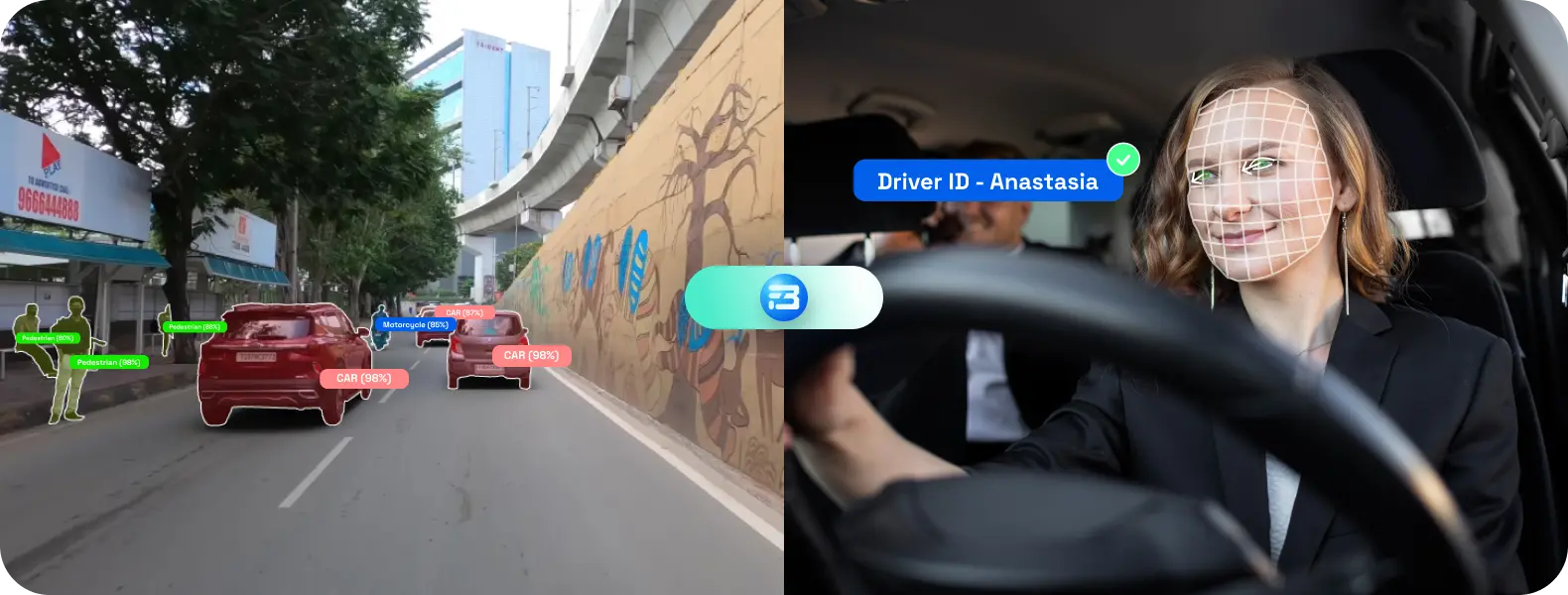 Drones and Satellites
Drones and Satellites
In the field of satellite imagery, polygon annotation is used to train algorithms to identify and classify different types of land use, such as forests, agriculture, and urban areas. This information can be used for a variety of purposes, such as monitoring environmental changes and planning land use.
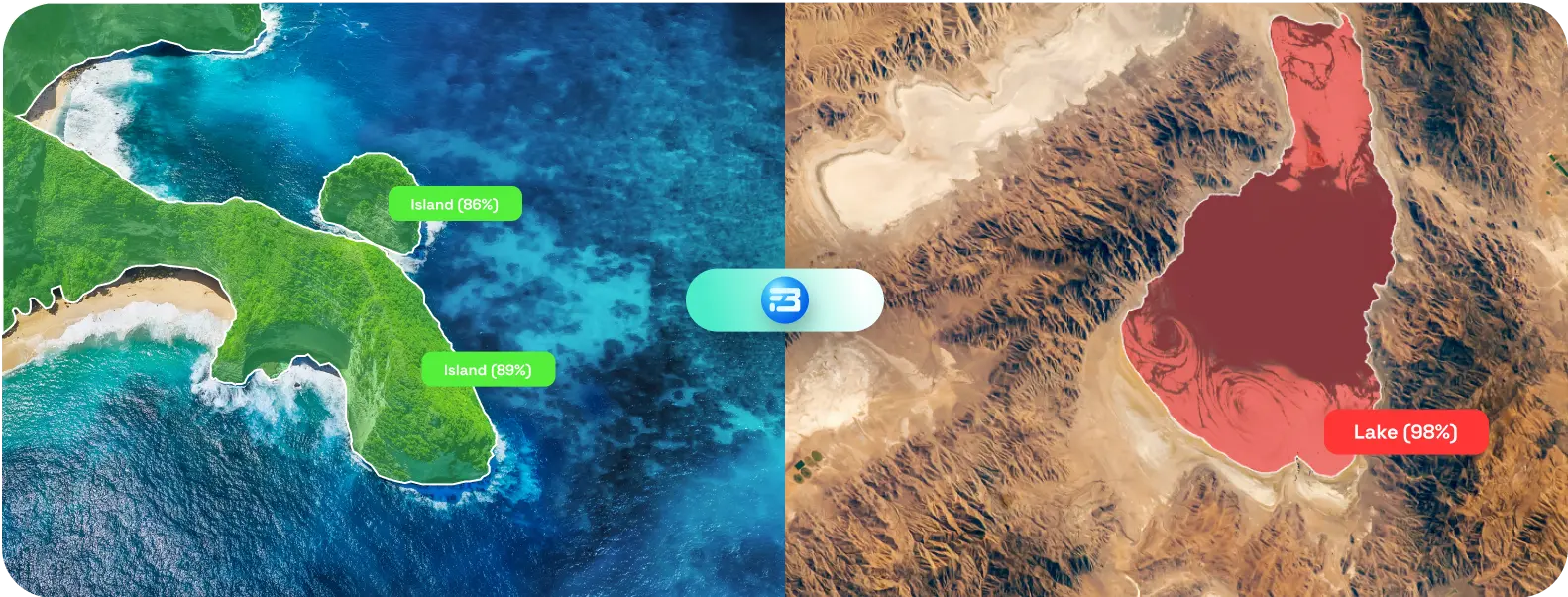 Security and Surveillance
Security and Surveillance
In security and surveillance, polygon annotation is adapted to train algorithms to detect and classify objects in surveillance footage. This can be used to automatically alert security personnel to potential threats, such as intruders or suspicious packages.
 Robotics
Robotics
In the field of robotics, train algorithms to understand and interact with their environment. For example, a robot may use polygon annotation to identify and pick up specific objects, such as bottles or boxes.
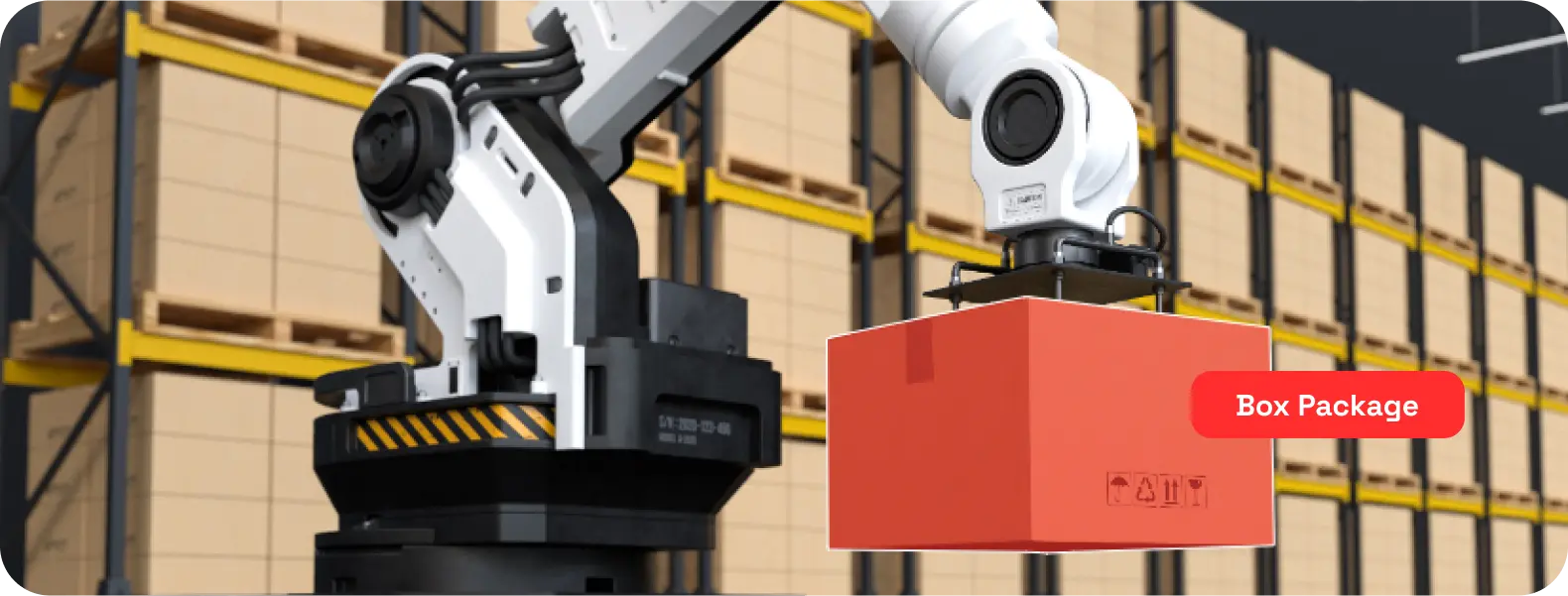
To Sum up
Finally, it is a well-established method of labeling content in the field of computer vision. It has been used in a wide range of applications and has been extensively researched and developed over the years. This means that there is a wealth of information and resources available on the topic, making it easy for users to learn about and use polygon annotation in their own projects. In summary, the reasons for choosing polygon annotation to label any video or image include its precision, versatility, and flexibility, as well as its well-established use in the field of computer vision.
Thank you for joining us on this journey to learn more about polygon annotation. We hope that you find the information on this blog useful and informative.
FutureBeeAI Annotation Paradigm
Are you unsure of the annotation type your machine learning project should use?
Having trouble accurately labeling your dataset?
Or, if you find yourself stuck in any phase of the AI model development process, feel free to reach out to FutureBeeAI data annotation experts and scale your project with the expert annotator community.
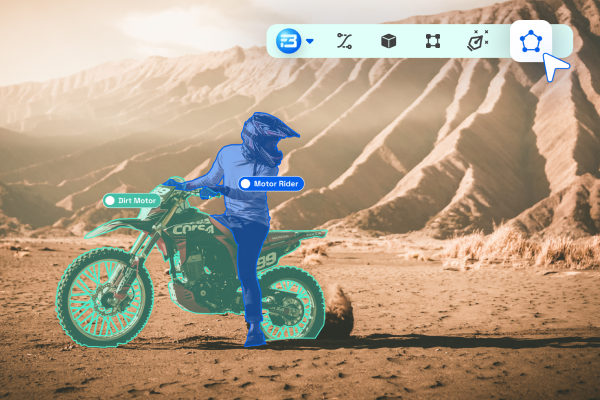



 Medical and Drug Development
Medical and Drug Development Automotive
Automotive Drones and Satellites
Drones and Satellites Security and Surveillance
Security and Surveillance Robotics
Robotics
